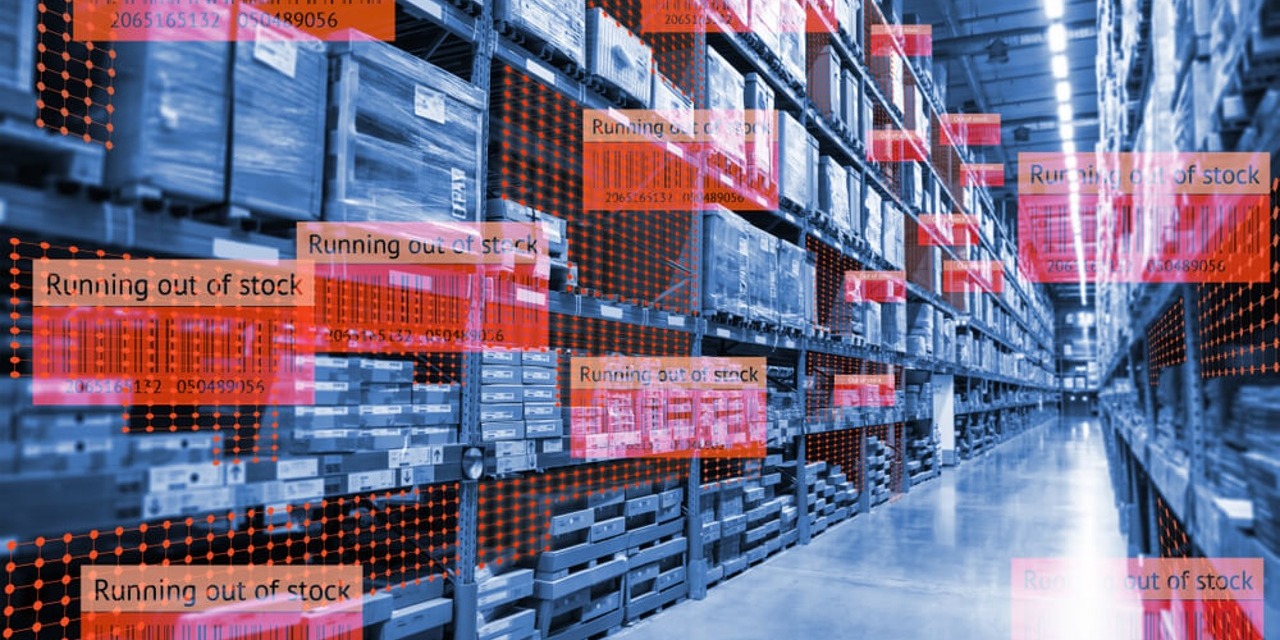“Stock management has a direct impact on the financial health of the enterprise, its development and its ability to meet demand. That’s why it must be optimized at all costs. This means avoiding stockouts in particular.
In this article, we look at the causes of stock shortages, and their consequences. We’ll also give a few tips for managing your stocks and preventing shortages.
What are the causes of stock shortages?
A stock shortage is the temporary or permanent unavailability of a product. As a product is unavailable, it's no longer possible to meet the demand of customers. This may result in interruption to the supply chain while new supplies are sourced.
As we’ll see later in this article, this situation has serious financial consequences for the enterprise.
The availability of products in the warehouse must be guaranteed to prevent such stockouts.
Stock shortages never happen by chance. In most cases, stock can be laid up in sufficient quantities to ensure shortages don’t occur.
Among the most common causes are of stock shortages are:
- A sharp and unforeseeable increase in demand for a product;
- Disparities between item counts (e.g. between computer inventory and physical inventory);
- Inadequate forecasting, poor order estimation and inaccurate reporting;
- Slow processing of incoming supplies;
- Delivery and logistics issues;
- Lack of responsiveness of suppliers;
- Just-in-time operation, which uses limited stock quantities (e.g. limited stock available to meet sudden demand and no emergency stock).
The enterprise is not always to blame for these situations. Stock shortage may be caused by factors outside the production chain.
They may also occur as the outcome of combined incidents, especially abrupt and unexpected increase in demand for a product coupled with inability on the part of manufacturers or suppliers to react in time.
However, the enterprise is certainly responsible for choosing its manufacturers and suppliers in its attempts to avoid this type of risk. This is all the more crucial when the consequences of poor stock management tend to spill over to the entire supply chain enterprise, suppliers and customers.

Reliability and foresight play key roles in limiting the risk of stockout. This means identifying the right stocktaking method, choosing reliable and responsive suppliers, estimating orders accurately, implementing effective product track and trace, and closely monitoring stock turnover.
Implementing an ERP (Enterprise Resource Planning) tool proves very useful in this regard.
ERP software makes it possible to centralize and homogenize all useful information from the different departments of your company (sales, accounting, logistics, production). Which makes it easier for you to:
- Evaluate suppliers and manage purchasing;
- Monitor, estimate, and manage stock.
With an ERP tool, you have a clearer view of the availability of your stocks. This helps reduce the risk of supply and stock shortages.
What are the consequences of a stock shortage?
The consequences of a stock shortage are numerous and can sometimes even be fatal to a business. There are many consequences of stock shortages, and their effects tend to be cumulative:
- Increased logistics costs;
- Cancelled orders and the associated costs;
- Loss of clients and the associated costs;
- Subsequent difficulties in making reliable stock forecasts;
- Reputational damage etc.
The first victim of a stock shortage is sales. This applies equally to distributors and producers, and many business partnerships are placed under strain as a consequence.

Stock shortages also have considerable long-term consequences. The way stockouts are managed has a direct impact on customers and their loyalty. For example:
- If the product is reported as out of stock at the moment of purchase, the customer can simply go to a rival vendor and never return. This risk is all the greater if stockouts occur frequently: the company suffers reputational damage as a result.
- If a customer places an order, which is confirmed and validated, only to be informed later that the item is actually unavailable, their dissatisfaction will be even greater. The vendor is then perceived as unreliable: the customer has been wasting his time for a product he will not receive, and is forced to turn to rival vendors.
Sometimes an order is cancelled automatically. At other times, the order is simply suspended pending replenishment of stocks.
But if the customer does not want to wait, he has to contact the customer service himself to cancel the order.
We can always hope customers will remain loyal to our brand or company, but loyalty is an extremely delicate notion: competition between vendors is so intense that consumers no longer hesitate to switch stores in case of dissatisfaction.
A single stockout can result in lost customers, a bad reputation that’s difficult to shake, and loss of sales in the short, medium and long terms.
So how do we stop stock shortages from happening?
Stock shortages can have disastrous consequences for your company. To prevent them from happening, you need to optimize your stock management and anticipate future changes in demand. Good stock management requires a set of best practices. For example:
Monitor the market
Keep up to date with your customers’ consumption trends. This allows you to adjust your stock management strategy as necessary
Observe demand
Foresee the quantities you need to order.
Monitor external factors that may create supply chain disruptions
You must have a clear idea of the lead times of suppliers and service providers, including delivery times (which may include customs clearance) and the time required to manufacture the products. You can then take these delays into account when managing your orders, so you won't be unpleasantly surprised.
Calculate your stockout rate
This indicator shows stock levels of products ordered by customers. The stockout rate is thus an indicator of the efficiency of your supply chain and stock management.
A high rate indicates frequent stockouts; your goal, therefore, is to have the lowest possible rate.

Three ways to minimize the risk of stock shortages.
1. What’s the purpose of holding buffer stock?
As its name suggests, buffer stock allows you to absorb the impact of stock shortages with no disruption to order fulfilment. It functions as a “reserve tank” when demand suddenly rises or when you have restocking problems.
Buffer stock requires your attention: while its primary purpose is to avoid stockout, it may incur additional costs if not used.
This is the case of perishable products or products affected by obsolescence, for example, or when the demand for the product is trend-driven. Your buffer stock has to fit your needs as closely as possible: not too much, not too little.
2. Emergency stock
Emergency or critical stock is determined according to a minimum stock threshold. When this minimum is reached, a restocking request is immediately sent. In this way your enterprise holds a minimum volume of stock at all times to avoid stockout.
Emergency stock and buffer stock may look pretty similar, but in actual fact they’re constituted by different methods. A company may hold emergency stock to optimize différentes. Une entreprise peut ainsi avoir à la fois un stock d’alerte afin de mieux gérer les réapprovisionnements, management of restocking processes, and buffer stock to absorb risks in the event of problems.ç
3.
The development of automation in logistics
Automated logistics processes can also help prevent stock shortages. Automation at the service of optimal supply chain and stock management can take two forms:
- A warehouse management system which tracks and optimizes stocks.
- AAutomate load handling to improve workflow management and protect the enterprise from incidents that could affect its stocks (e.g. damage, theft).
Stock shortage is probably the number one enemy of companies. Reduced sales, increased costs, lost customers, damaged reputation... the consequences are numerous.
That’s why your enterprise must avoid it at all costs. Foresight is the key to achieving this. You have to analyse market trends, monitor your stockout rates, select your suppliers carefully, and choose the most appropriate stock management method. All these measures will help minimize the risk of stockout.





Laisser nous votre commentaire